June 18, 2025 | 17:25 GMT +7
June 18, 2025 | 17:25 GMT +7
Hotline: 0913.378.918
June 18, 2025 | 17:25 GMT +7
Hotline: 0913.378.918
Prof. Yuan Longping, who is honored by the world as the “Father of hybrid rice”, passed away on the afternoon of May 22nd, 2021 in Hunan, China, the eternal rest at the age of 91, in mourning not only in his country but also in many parts of the world. The United Nations Secretary-General Antonio Guterres sent condolences to Prof. Yuan Longping’s family and expressed “utmost respect to his great dedication throughout his life, helping to ensure food security for billions of people”.
Prof. Yuan Longping during his lifetime often said that he only had two dreams. Firstly, the hybrid rice attains higher and higher yield to increase production per area unit, and secondly, hybrid rice is grown on 50% of the world’s rice area. His passion for hybrid rice is limitless, to the point that three months before his passing, he still visited the rice field and fell, requiring hospital treatment and then leaving forever.
In 2017, at the age of 87, he himself presented his paper entitled “Hybrid rice development and world food security” in English clearly and coherently at an international conference in Beijing, as if it was a summary of all his experience on hybrid rice. In his presentation, Prof. Yuan Longping supposed that among the factors to increase rice yield, good variety is the most effective one and among rice varieties, the hybrid has the highest yield potential. He concluded that more and more rice land is dwindling while the population is increasing, so the wide application of hybrid rice in the world will make a significant contribution to guarantee the global rice consumption demand in the 21st century.
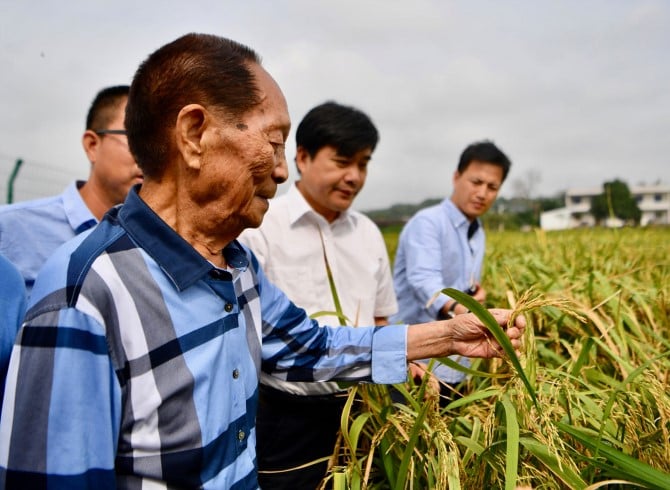
Prof. Yuan Longping only had two dreams. Firstly, the hybrid rice attains higher and higher yield to increase production per area unit, and secondly, hybrid rice is grown on 50% of the world’s rice area.
The “Father of hybrid rice” has rested in peace, returning to the eternal rice field after having made his life’s dream come true entirely at the utmost to his nation and contributing significantly to world food security over the past 50 years, as acknowledged by the presentation of the prestigious award “World Food Prize” to him in 2004 - coinciding with the International Year of Rice declared by the United Nations.
Heterosis is a common phenomenon in living organisms when the F1-generation hybrid has many superior characteristics over its parents. The heterosis phenomenon in rice was reported by J.W. Jones in 1926, but because rice is a strictly self-pollinated plant, no one could think of a way to make use of it, as it is not possible to produce a sufficient number of hybrid seeds by crossing the parents. Exceptionally, when Prof. Yuan Longping started his research on rice, he had thought about the possible existence of male sterile rice plants (dead pollen) in nature. From that point onward, he and his colleagues searched everywhere, and after many years of hard work until 1970, they had found a male sterile plant of the wild rice (Oryza rufipogon) in Hainan island.
From this cytoplasmic male sterility source in wild rice, Prof. Yuan Longping had transferred this trait into cultivated rice and developed a system to create a hybrid rice variety which consists of three lines: CMS (cytoplasmic male sterility) maternal line (A), maintainer line (B) and restorer line (R). Natural crossing between A and R produces hybrid seeds used for production, and crossing between A and B produces A line’s seeds. The special feature here is that the B line is exactly the same as the A line, except the normal fertility trait, so when A and B is crossed, it will produce A itself (complete male sterility) since the male sterility gene is located in the cytoplasm of A. In order to successfully cross with A, the R line must have the fertility restoration gene, and only about 6% of rice varieties have the ability to restore fertility. This is the three-line hybrid rice production system, called the first generation of hybrid rice. The first hybrid rice variety from the three-line system was released for production in 1976.
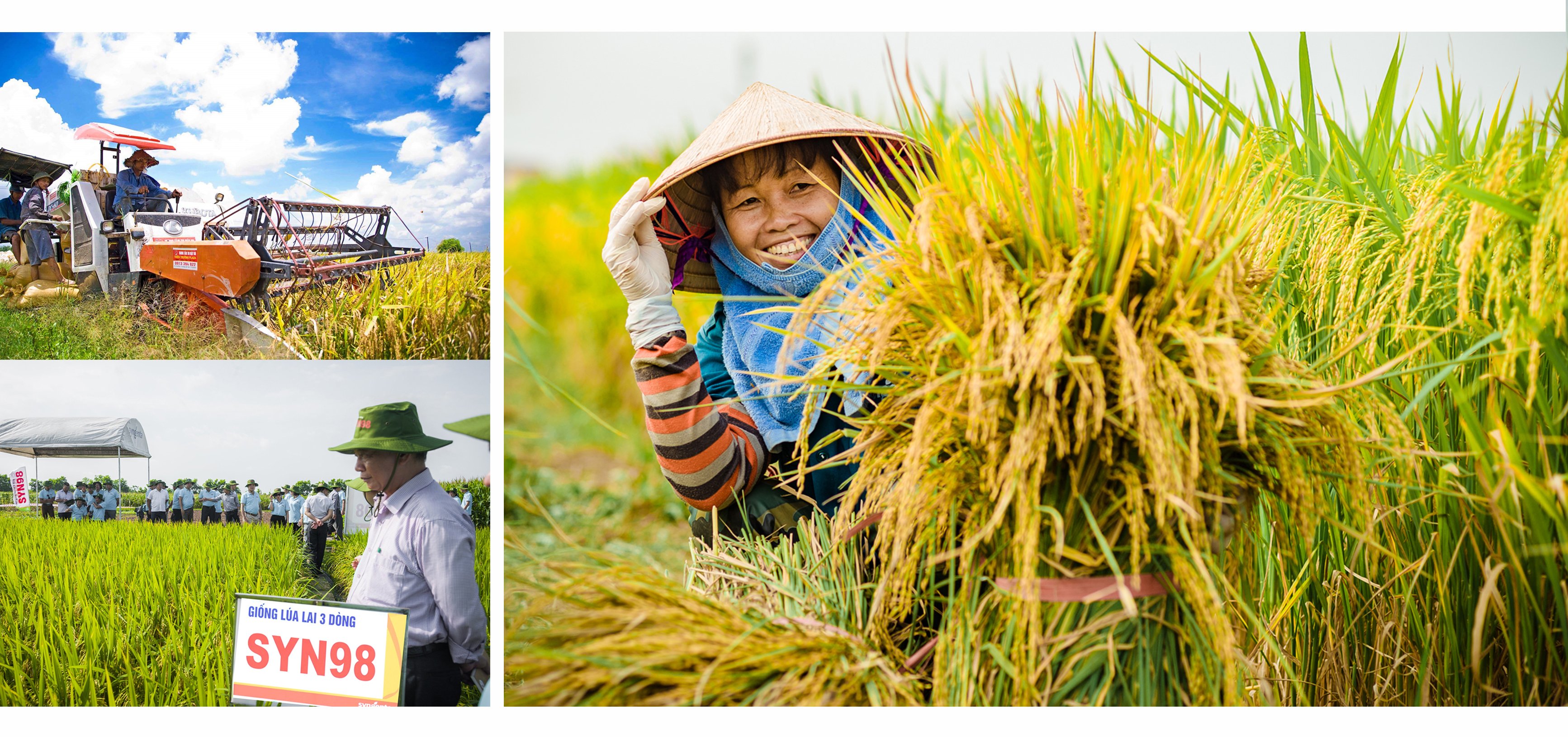
Not stopping at the three-line system, Chinese scientist Shi Mingsong first discovered the natural male sterility line in 1973 in Hubei province, from this source he created Nongken 58S - a photoperiod/thermo-sensitive genic male sterility line (TGMS/PGMS) in 1981, leading to the establishment of the two-line hybrid rice system, called the second generation of hybrid rice in 1986. In this system, only two lines are needed to produce hybrid seeds. The female line when grown at high temperature (eg: above 25oC) will become sterile and is used to naturally cross with any male line (no need for having the restoration ability) to produce hybrid seeds, but when grown at low temperature (eg: below 23oC), it becomes fertile normally. In the two-line system, there is no need for B line and for crossing of A x B as in the three-line system.
The development of the 3-line and 2-line hybrid rice systems is highly state-of-the-art and efficient to exploit the heterosis phenomenon in rice production. Up to the present, all hybrid rice varieties in China and other countries have been developed using the three-line or two-line systems.
Prof. Yuan Longping has always dreamed of the peak of hybrid rice yield, so he had devised a strategy to create super hybrid rice varieties in 1996, as projected to raise the ‘yield ladder’ at 10.5 tons/ha in 2000; 12 tons/ha in 2005; 13.5 tons/ha in 1025 and 15 tons/ha in 2020. The strategy is to create the structure of the rice plant to produce the highest number of filled grains per panicle, making the rice field densely full of grains which he called a "rice waterfall". In Prof. Yuan Longping’s report in 2017, the yield of the super hybrid rice typically as the variety Super 1000 has reached 16 tons/ha, (the mentioned above yields are recorded in the demonstration yields on a scale of 6.7 ha.).
During the interview, perhaps his last interview, conducted by CCTV13 in 2020, he revealed that super hybrid rice has reached 18 tons/ha, and he expected it to go up to 20 tons/ha (according to IRRI Annual Report 1996, the maximum rice yield potential, in theory, is 23.2 tons/ha).
In terms of production, China has a hybrid rice area of 29.9 million ha, accounting for 50% of the rice area, while other countries have a total hybrid rice area of about 7 million ha, of which India shared 3 million ha being the largest among all. The countries with the hybrid rice area fluctuating in the range of 500,000-700,000 ha include Vietnam, Indonesia and Bangladesh. The US grows about 400,000 ha of hybrid rice, accounting for 40% of the rice area. In production, the hybrid rice yield is about 15 - 20% higher than that of the inbred varieties. In China, the national average rice yield is 7.5 tons/ha for hybrid rice as compared to 6.4 tons/ha for inbred varieties, and the national average rice yield is 7.0 tons/ha (FAO, 2019). In the US, the national average rice yield is 8.3 tons/ha on a total area of 1 million hectares. Vietnam's average rice yield is 5.8 tons/ha on a total area of 7.4 million hectares, separately the average hybrid rice yield is about 6.5 tons/ha.
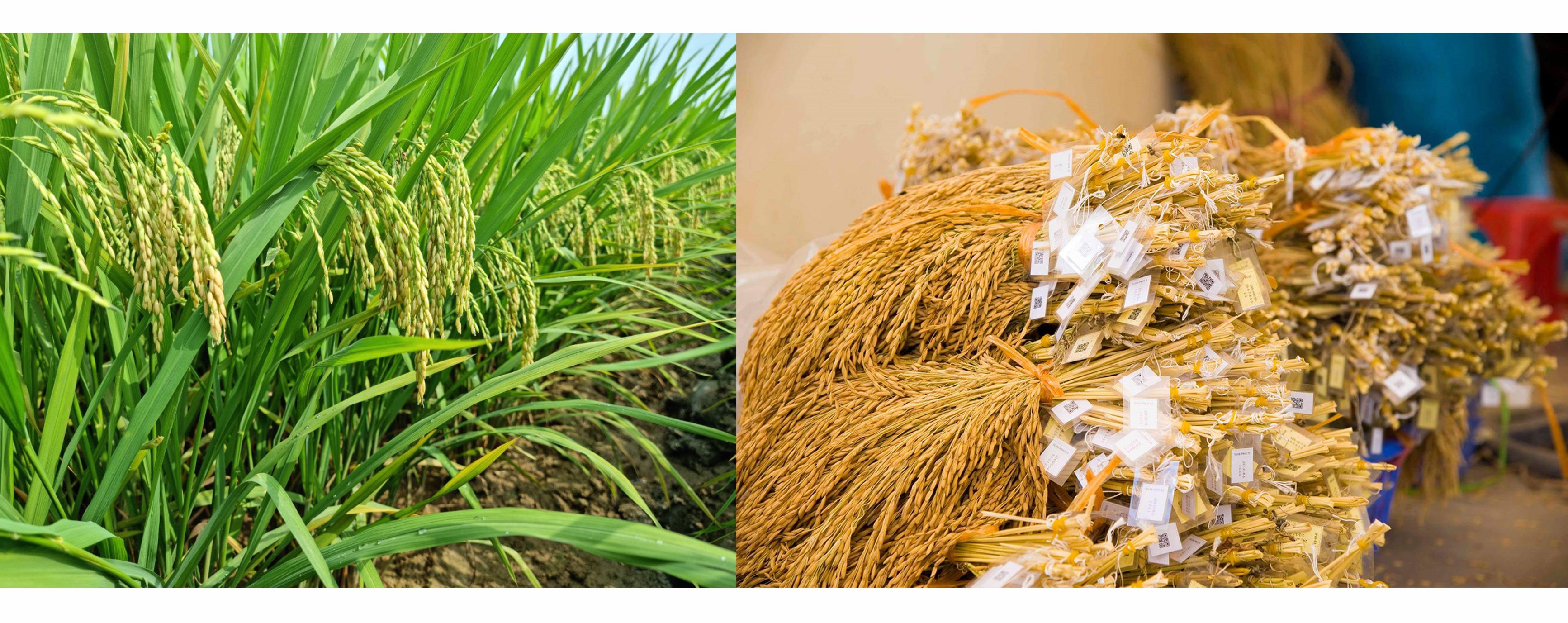
Except China, the hybrid rice area in other countries over the past 30 years from 1990 to date has increased very slowly, there is even a tendency to decrease in some countries. While countries such as India, the Philippines and Indonesia have been greatly investing in hybrid rice research and development; other countries including Thailand, Japan and Korea do not grow hybrid rice. This shows the multi-dimensionality in applying scientific advancement for agriculture production in general and rice in particular. For example, for countries facing the challenge of food shortage, the productivity factor leading to the increase of yield is the top priority, but for countries with excess production or high living standards, the choice is often multidimensional (more preference in quality, production cost, mechanization ability, environmental impacts and cultural values, etc…). Scientific advancement, which is constantly developing, also in the case of hybrid rice, will create more opportunities to integrate - multidimensionality for application into production.
Not stopping at the first and second generation of hybrid rice, the science of hybrid rice has been developing in the direction of applying gene and genome technology to create the third generation of hybrid rice, in which the female line is controlled by a recessive nuclear gene, called nuclear male sterile (NMS) line, replacing the CMS line in the first generation of hybrid rice (three-line hybrid rice) or the TGMS/PGMS line in the second generation of hybrid rice (two-line hybrid rice).
The NMS line could not previously be used to create hybrids because it could not be maintained as there was no corresponding maintainer line due to the fact that the male sterility factor is located in the cell nucleus. It was until 2006 that the Dupont - Pioneer company successfully researched the use of NMS for hybrid maize breeding, and since 2012 it has been applied in hybrid maize production in the US. This success in maize opens up possibilities in the application to other important crops such as rice and wheat.
In regard to rice, in 2016, a team of Chinese scientists announced the successful development of the third generation of hybrid rice using the NMS line. Prof. Yuan Longping in the same year said that the third generation of hybrid rice that combines the advantages of the 1st and 2nd generations will create a new breakthrough (Yuan, 2016, Sci. Bull. 61, 3404). The third generation system is summarized as follows:
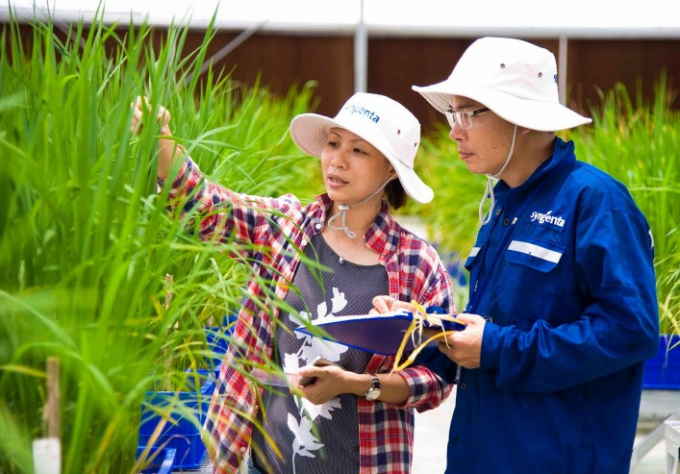
The science of hybrid rice has been developing in the direction of applying gene and genome technology to create the third generation of hybrid rice
The inbred rice variety is mutated, screened, and the nuclear male sterile (NMS) line is selected. The maintainer line (B line) is created by transforming the three linked genes: fertility restorer gene, pollen-killer gene and seed-sorting gene (red color) into this NMS line. The B line that propagates by normal self-pollination will segregate into 2 types of seeds, of which the red seed is from the B line and the normal color seed is from the complete NMS line. The color sorter will then separate the two types of seeds. NMS seeds are used as the female line to cross with the selected male line to create the hybrid. B line’s seeds will multiply to produce seeds of their own line and those of the NMS line.
In summary, in a third generation hybrid rice system, once a maintainer line has been created from the NMS line, the hybrid seed production is much simpler and more efficient compared to the first and second generation of hybrid rice due to the following advantages:
- It is possible to create the NMS line and select the male line from any variety in the rice germplasm at will, so there exists a very wide selection of parental varieties for hybrid rice breeding to exploit genetic diversity for increasing sustainability in production. The first and second generation of hybrid rice can not achieve this advantage.

- The production of hybrid seeds is more simplified. When multiplying the maintainer line, the NMS line and the maintainer line are obtained simultaneously.
- The male sterility of the NMS line is not affected by environmental conditions, so the production of the NMS line and hybrid seeds is stable under abnormal weather conditions and can normally be carried out in the normal production seasons.
At present, the NMS line selection method is being improved one step further by applying gene editing technology (CRISPR/Cas9) to directly generate NMS lines instead of the time-consuming mutation method.
It may be noted that in the third generation of hybrid rice, although the maintainer line is a genetically modified line, but it carries a pollen-killing gene, it cannot be crossed with other rice varieties, thus avoiding concerns about biosecurity. The NMS line and the F1 hybrid rice variety are completely non-GMO.
Vietnam is a country that received China’s hybrid rice technology quite early, the late Minister Nguyen Cong Tan was the first to directly take hybrid rice technology to Vietnam. Up until now, Vietnam has mastered the three-line and two-line technology and able to develop its own hybrids for mass production. Moreover, Vietnam has many excellent hybrid rice breeders such as Assoc. Prof. Hero of Labor Nguyen Thi Tram, Assoc. Prof. Dr. Nguyen Tri Hoan, Prof. Dr. of Science Hoang Tuyet Minh, Assoc. Prof. Dr. Nguyen Van Hoan, Assoc. Prof. Dr. Tran Van Quang and M.Sc. Duong Thanh Tai, etc., and many domestic and foreign enterprises who are incredibly dedicated in investing for the development of hybrid rice. These are the crucial conditions resulting from many efforts of the government, scientists, businesses and farmers accumulated over the past 30 years.
However, in recent years, the hybrid rice area has decreased, currently about 500,000 ha (200,000 ha less than before). The main reason is that the domestic rice consumption taste and the export markets have shifted to good quality or specialty rice, which the hybrid rice development, in general, can not keep up with. Furthermore, labor mobility and the need for mechanization also affect hybrid rice production. The current state of the hybrid rice production has revealed certain ecological regions suitable for hybrid rice such as the Northern mountainous and the North Central region - regions where the local rice supply and demand are still inconsistent or it is possible to reduce rice area to plant more forests, or the salt-affected rice-shrimp areas in Ca Mau peninsula, etc. Additionally, hybrid rice can be utilized for its high tolerance to adverse conditions and the effects of climate change. The aromatic hybrid rice variety is capable of meeting market requirements.
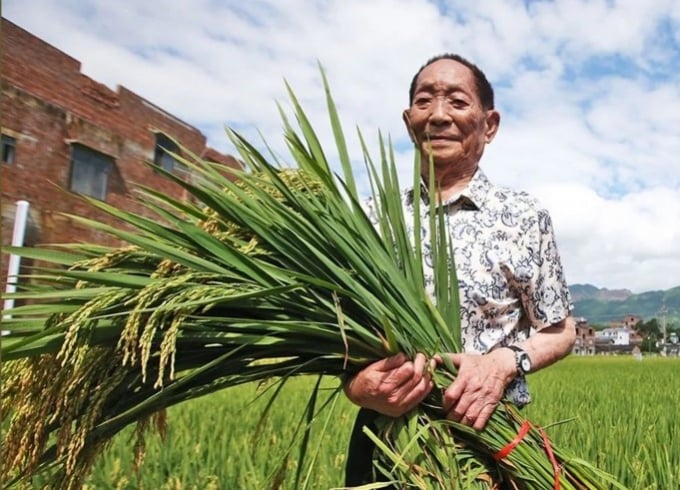
Prof. Yuan Longping elaborated: “opportunities only come when met with preparation”. New opportunities for Vietnamese hybrid rice will come when there is a preparation.
A significant limitation in bringing hybrid rice into production lies in the yield of hybrid seeds because it is related to economic efficiency for both businesses and farmers. The yield of hybrid seeds is determined by the parent varieties and seed production techniques including the ecology of the production area. For hybrid rice to develop sustainably, this limitation needs to be resolved. In the past, when selecting the Central Highland as a key area for hybrid rice seed production in Vietnam, many enterprises had achieved a record hybrid rice seed yield of 4.5 - 5.0 tons/ha.
The door to the development of hybrid rice in Vietnam is still open if it is fueled by the rapidly developing science and technology, what has not been thought of today will have been changed in the following day. Prof. Yuan Longping summarizes success in four words: knowledge, effort, inspiration and opportunity. As for opportunities, he elaborated, “opportunities only come when met with preparation”. New opportunities for Vietnamese hybrid rice will come when there is a preparation.
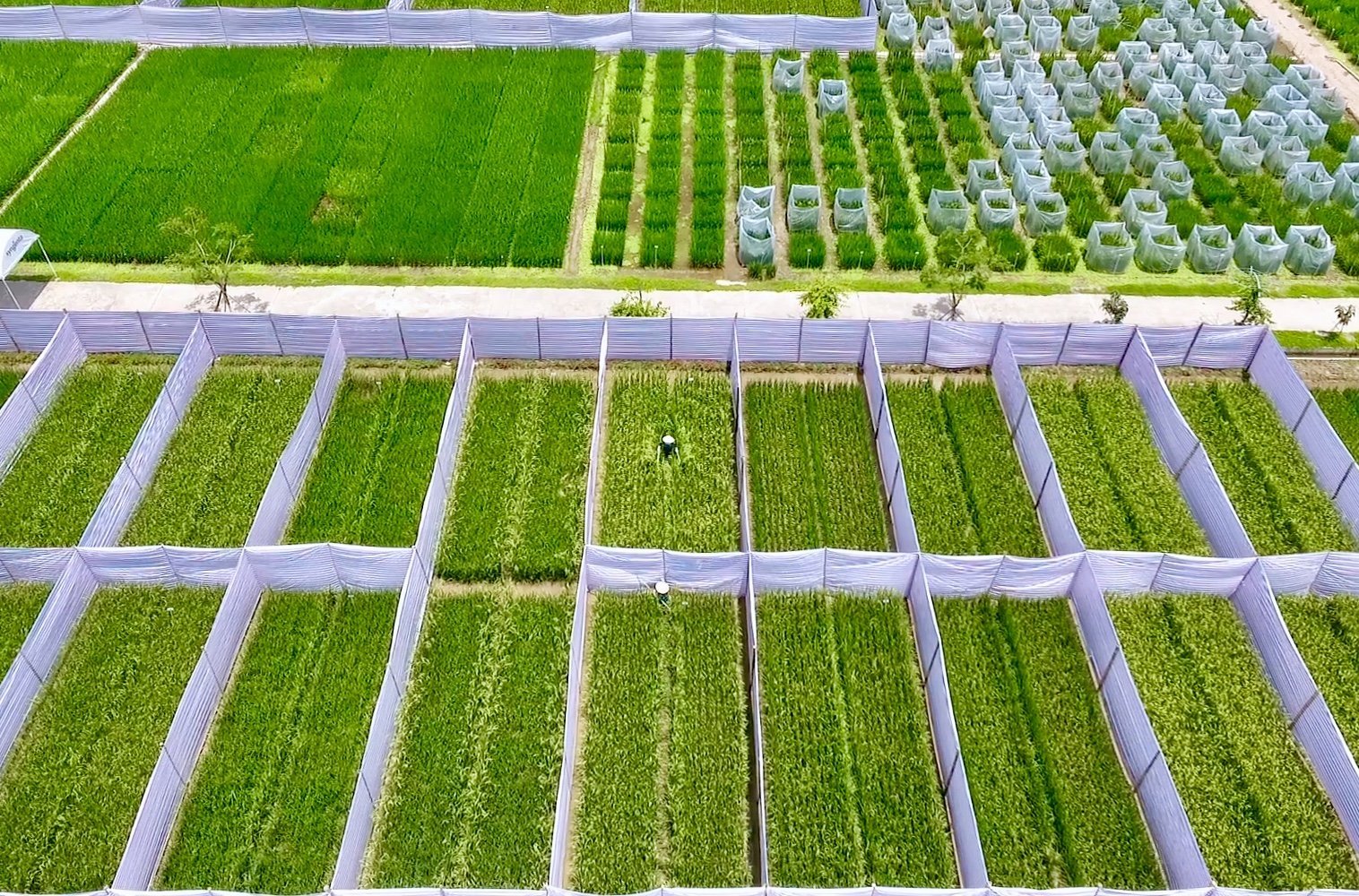
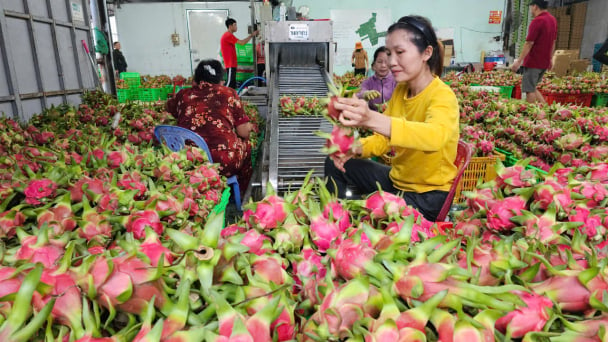
(VAN) According to the Binh Thuan Department of Industry and Trade, in the first five months of 2025, Binh Thuan's dragon fruit export turnover increased by 20.65% compared to the same period last year.
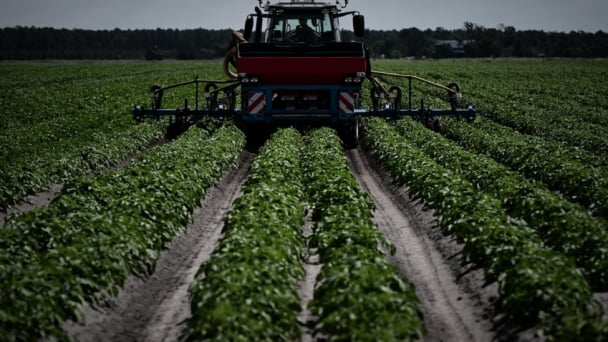
(VAN) EU countries on Thursday gave final approval to new tariffs on fertilizer imports from Russia, a move aimed at cutting off revenue that could support Moscow’s war in Ukraine, despite concerns from European farmers.
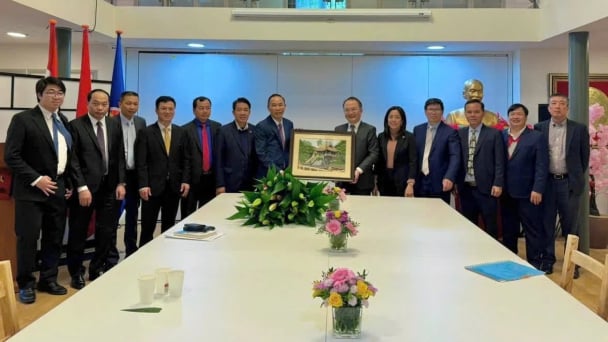
(VAN) The working delegation from the Ministry of Agriculture and Environment conducted an important trip to the Netherlands to strengthen strategic partnerships and sustainable development in the agricultural sector.
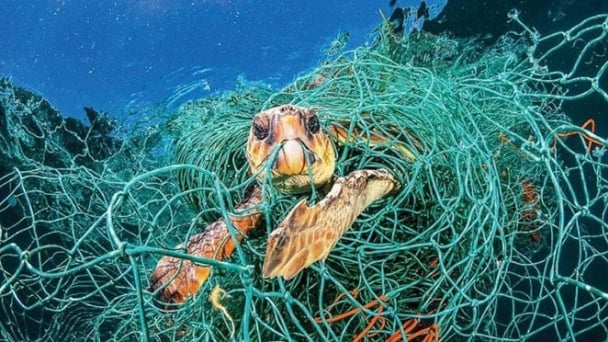
(VAN) The letter ‘A Plea from the Ocean’ not only evokes emotion but also awakens the human conscience to the responsibility of protecting life on Earth.

(VAN) The Department of Agriculture in South Africa has announced the country’s first mass vaccination of poultry to prevent local birds from contracting avian influenza.

(VAN) Establishment of the Mekong Delta Regional Agricultural Linkage Center, aiming for a closed value chain, deep processing, trading platforms, and international market connectivity.

(VAN) Gia Lai province has recently recorded 460 rare species of animals and plants, contributing to forest conservation and biodiversity planning in the region.